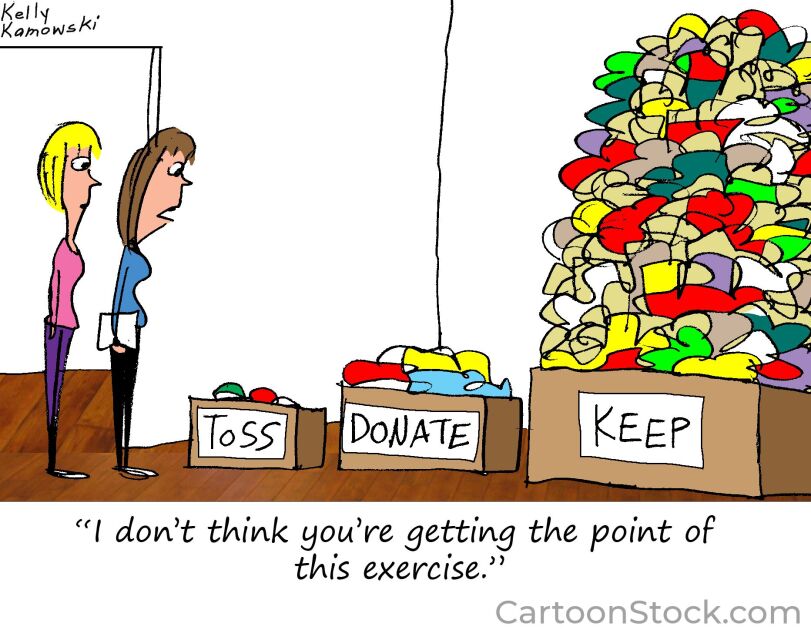Clarification: This article has been updated to clarify what research Andrea Lovanhill, the CEO of the Committee for Children, was referring to regarding student engagement in school.
Talk to many veteran educators today and their perception will be that students are struggling emotionally more than ever before.
But a new report examining high school students’ well-being, sense of belonging, and engagement suggests that might not be entirely the case—yes, they are struggling, but no more than they were a decade or so ago.
The report by Challenge Success, a nonprofit affiliated with Stanford University’s graduate school of education, found a significant number of students do struggle with getting adequate sleep, high levels of stress, and academic worry. But it also found relatively stable trends over time regarding students’ sense of belonging and engagement in school.
The findings, based on quantitative and qualitative data collected from more than 270,000 students between 2010 and 2023, come as educators and policymakers have focused greater attention on student well-being and mental health in recent years, in response to what some experts say are crisis-level problems.
Megan Pacheco, the executive director of Challenge Success, said “the stability of this data over time” shows that “the approach to education in the U.S. isn’t working for most high school students.”
“COVID highlighted a problem that already existed and has long needed attention,” she said. Before the pandemic, it was a lot of work educating schools about the need to focus on student well-being, she said. Now, that is changing.
In 2021, U.S. Surgeon General Vivek Murthy published an advisory that called for a renewed focus on youth mental health. Data from the Centers for Disease Control and Prevention, for instance, show that in 2021 (when many schools were still in remote or hybrid learning), 42 percent of high school students said they experienced persistent feelings of sadness or hopelessness during the past year. The CDC report said that was a 61 percent jump from 2009.
In response to the surgeon general’s advisory, the Stanford researchers began examining their own data to determine the extent of youth mental health problems, said Denise Pope, the co-founder and strategic adviser for Challenge Success and a senior lecturer at Stanford.
Researchers examine stress and sleep
The Challenge Success report examined different indicators of student well-being than the CDC research, such as sleep, stress, and worry. For instance, it found that students reported 6.6 hours of sleep per day, on average, which is lower than the recommended 8-10 hours for this age group. This has remained about the same since 2010. Those who got less sleep were also more likely to report lower ability to cope with stress.
Thomas Hatch, the director of the National Center for Restructuring Education, Schools, and Teaching at Columbia University, said the Stanford report highlights “more consistency in terms of kids’ well-being before the pandemic and post-pandemic than many other sources and certainly than my experience suggests.”
But that could be attributed to the fact that the Challenge Success report looks at different measures of well-being than some of the other studies that focus on clinical definitions of mental health challenges, Hatch said.
What’s important, he said, is “they’ve found [student well-being] has always been problematic.”
Zhiying Yue, a scientist at the Digital Wellness Lab at Boston Children’s Hospital, said she was “surprised” when she saw the Challenge Success report because research shows that rates of clinical diagnoses of mental health challenges in adolescents have increased.
But looking just at students’ stress and sleep levels, “it would make sense” to say it’s been consistent over the past decade, Yue said.
High school students’ developmental stage is a stressful time, Yue emphasized. “They have to explore their identity, manage peer relationships, strive for autonomy,” all of which add to their stress levels and lack of sleep, she said.
The Stanford report examined engagement and belonging, as well. It found that 45 percent of students do their schoolwork but don’t find it enjoyable or valuable, and that 30 percent of students felt they did not have an adult at the school to go to when they had a personal problem. Between 2010-2023, the percentage of students who felt they didn’t have an adult to go to has ranged from 20 percent to 40 percent.
Andrea Lovanhill, the CEO of Committee for Children, which created the Second Step social-emotional learning program, said that research within her organization and beyond has also found that students’ interest and enjoyment of schoolwork tends to be lower than their effort spent on assignments.
The Stanford findings show that schools need to find ways to get students to feel “invested” and “motivated to engage,” Lovanhill said. “We know that when kids have strong relationships with their teacher, a sense of connectedness at school, and the social-emotional skills to manage coursework and conflict, it significantly boosts engagement and attendance.”
What schools can do
Pacheco from Stanford recommends that schools work on centering student voice in decisionmaking and building “a deeper awareness of the student experience, especially those for whom identity, culture, or socioeconomic status has resulted in barriers to access and success.”
Schools could also build up students’ agency: their ability to recognize when they’re struggling and know when to seek help and what supports are available, Hatch said.
One of the biggest challenges for schools is finding the balance between focusing on academics and on student well-being, experts said.
“All of these things take time,” Hatch said. “Right now, the focus has been on learning loss and on hyper-academic solutions that can support students’ academic development—which is absolutely crucial. But we have to be able to do [that] in ways that also allow us the time and resources to support students’ well-being.”
“We can’t look at these things in isolation,” he said. “Supporting students’ academic development has to go hand in hand with supporting their emotional development, their mental health, and their well-being. We can’t do one at the expense of the other.”









